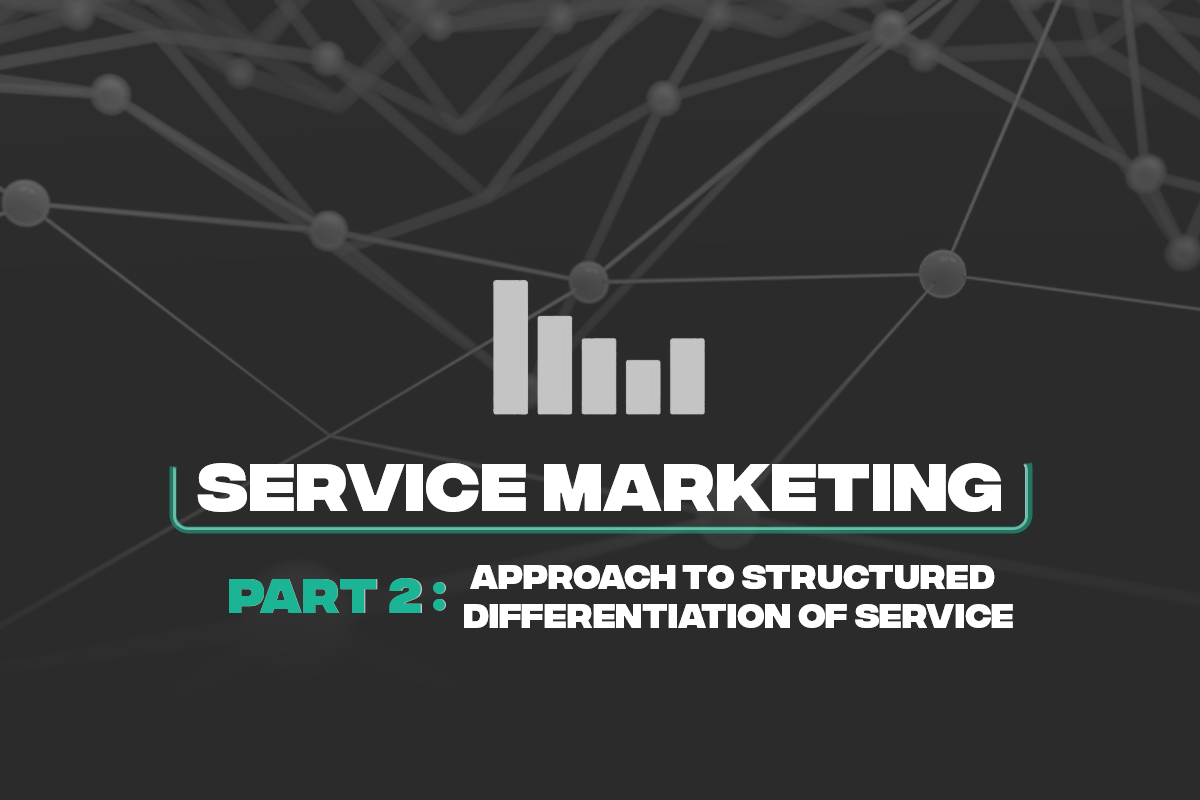While the special features of services described in the previous chapter are to be regarded as generally valid, services can also be categorized according to their heterogeneous characteristics. In science, various approaches have been developed for this purpose, such as the transaction-related or relationship-related typology. While the transaction-related typology links the type of service (touchability) with the type of recipient (human or object), the relationship-related typology focuses on the consideration of the form of service provision (continuous or discrete) and the relationship between service provider and recipient (membership or informal).
Even if these approaches enable a clear structuring of services, from a marketing point of view, an information-economy approach appears to be more effective. Due to the immateriality and often high complexity of services, it is often difficult to find rational decision criteria for or against a service. This form of information asymmetry suggests that trust in the provider plays an important role in the purchase of a service.
The approach created by Woratschek to differentiate services according to information economic aspects defines three dimensions to consider the potential for Possible Uncertainties on the part of the demander when evaluating a service. The dimensions of this model are defined as follows:
Behavioral uncertainty – This dimension assesses the extent to which the outcome of a service can be determined in advance. The outcome of a transport service can therefore be clearly defined in advance, in contrast to an investment service via a fund. From the perspective of the customer, clearly definable outcomes reduce the risk involved in concluding a contract.
Integrativeness – This dimension assesses the extent to which the involvement of the customer, in the form of physical presence or provision of intellectual or physical property, is necessary for the provision of the service. The higher the integrative nature of the service, the higher the transaction costs of the customer for concluding the contract.
Individuality – This dimension assesses the extent to which the service demanded must be adapted to the conditions of the customer. Increasing individuality requires that the service provider has the necessary capability to provide the specific service.
The „high“ rating for each of the dimensions described above corresponds to a tendency toward information asymmetry between supplier and consumer. This asymmetry consequently increases the tendency of the consumer to choose the supplier according to opportunistic criteria (e.g. the lowest price).
